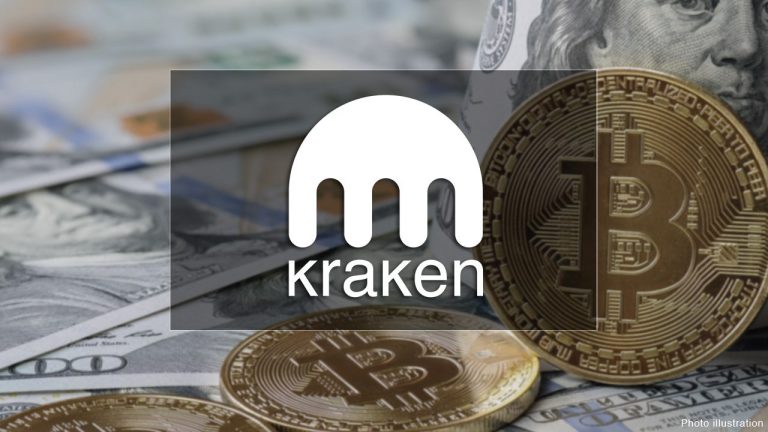
Picasso, which aims to be an interoperability network and a restaking layer for Solana, has leveraged the IBC protocol to connect Solana and Cosmos, allowing liquidity to flow between the two blockchain ecosystems.

Picasso’s extension of the Inter-Blockchain Communication Protocol bridges Solana and Cosmos.
(Unsplash/Johnell Pannell )
Posted April 15, 2024 at 9:00 am EST.
Picasso Network announced Monday a new extension of the Inter-Blockchain Communication Protocol (IBC), bridging together Solana and Cosmos. The move is aimed at enabling data and asset transfers between the two blockchain networks.
IBC, originally implemented for a Cosmos SDK chain, acts as a cross-chain infrastructure protocol “to facilitate the authentication and transport of data, including message passing, tokens, NFTs, and more, between two networks and the applications within them,” according to Picasso’s documents.
Picasso’s new extension of IBC to Solana comes roughly two weeks after the Picasso team rolled out IBC’s extension to Ethereum. “This also means that we become the only permission-less bridging solution between Ethereum to Solana without any trusted third party through our ETH IBC,” Henry Love, executive director of the Composable Foundation, the entity behind Picasso, said in a press release.
Crypto users can now transfer Solana-based liquid staking token JitoSOL from Solana to Osmosis, which is a cross-chain decentralized exchange for Cosmos, according to the press release. The total value locked on Osmosis stands at $211.5 million, an 85% drop since its peak of $1.8 billion in 2022 before the collapse of Terraform Labs’ blockchain ecosystem, data from DefiLlama shows.
Read More: Bitcoin Liquid Staking Token Coming to Cosmos as LST Interest Surges
Picasso – largely inspired by popular, Ethereum-based platform EigenLayer – plans to expand restaking on Solana to establish “cross-ecosystem pooled security,” per its documents. Despite announcing how crypto users can perform cross-chain asset transfers Monday, crypto users could already deposit Solana-based assets for restaking through Picasso.
“Having IBC connections between Solana, Ethereum, Cosmos, and other ecosystems has been talked about for years,” noted Rex St. John, who is part of the developer relations core engineering department for Anza, a Solana-based software development firm, in the press release. “Whoever can implement it and show that it can work is going to make a big impact on all of crypto,” he added. Last year, Picasso successfully implemented IBC to connect the Cosmos, Polkadot, and Kusama blockchain networks.
“Picasso is well-positioned for a multichain future, in our opinion, as it aims to deliver one of the ‘most trustless’ cross-chain setups compared to other centralized interoperability solutions,” wrote Nansen’s Jake Kennis in a January report.
PICA, the native token of Picasso that is used for governance and validator staking, has decreased 14.8% in the seven days ending on Friday, data from CoinGecko shows.







